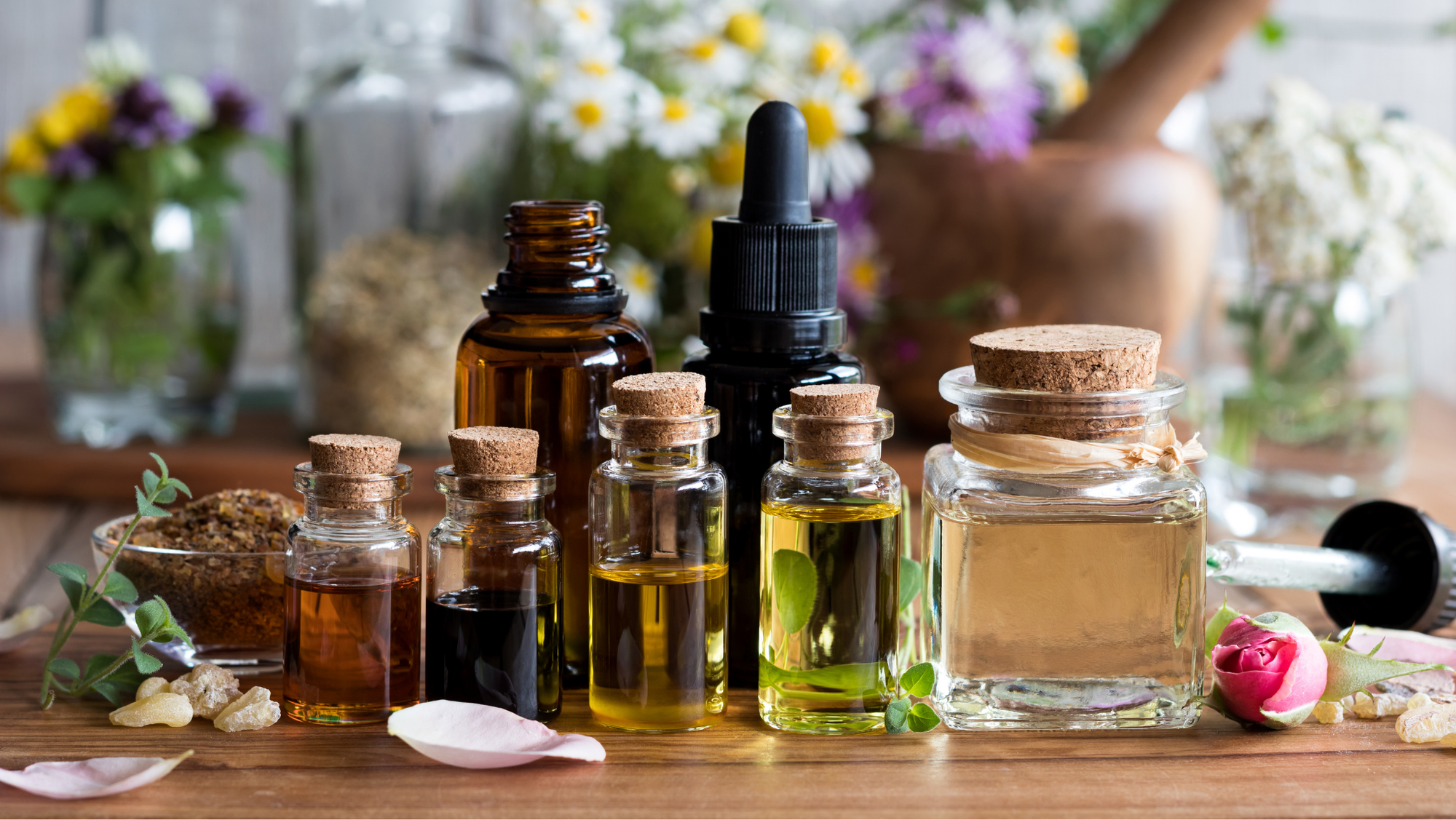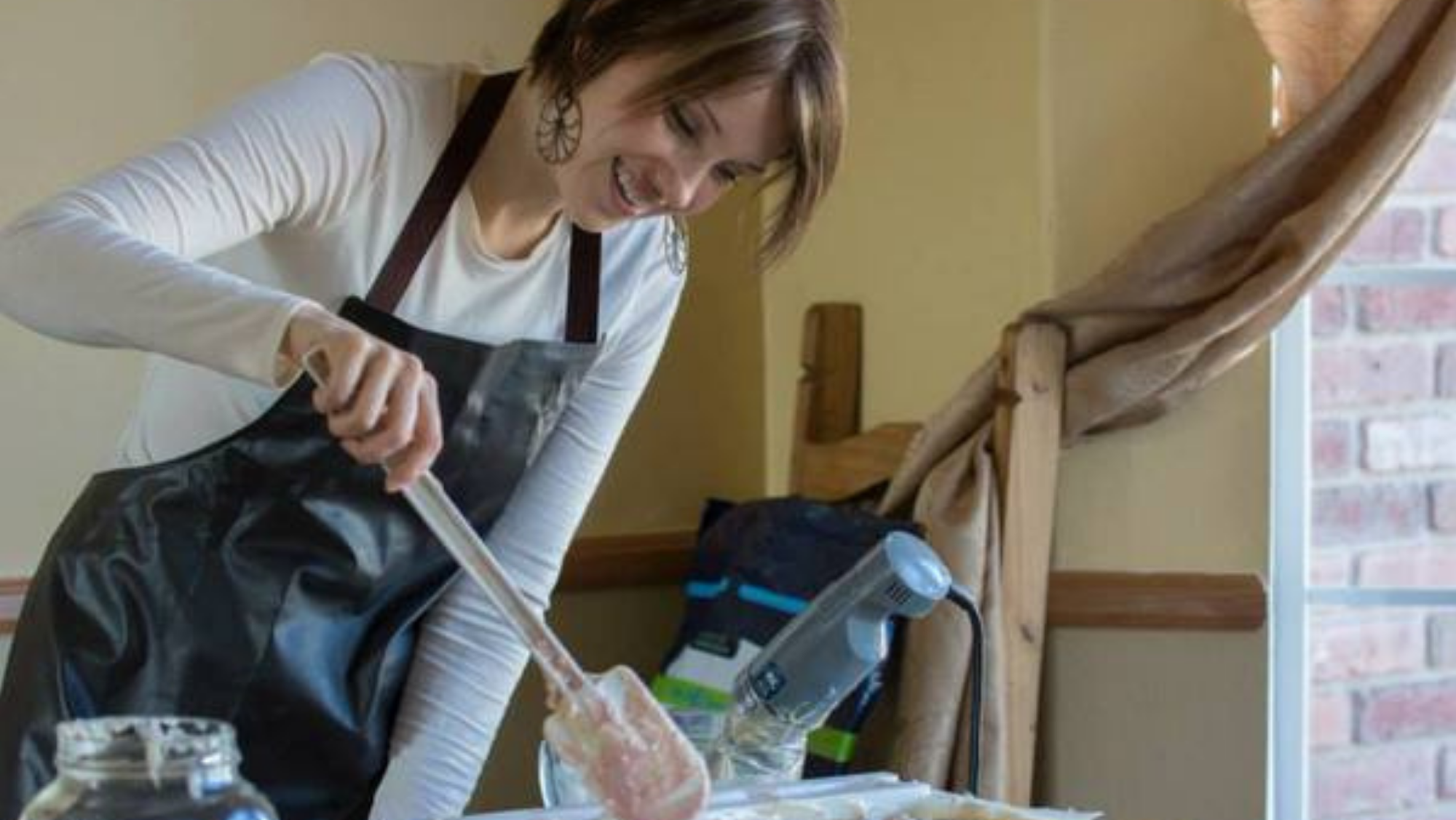 It was 2011, I was in the process of putting together my first formula for our soaps and started making calls, introducing myself to local shops, as a new business with handcrafted, local remedies asking how I could best serve them.
It was 2011, I was in the process of putting together my first formula for our soaps and started making calls, introducing myself to local shops, as a new business with handcrafted, local remedies asking how I could best serve them.
The first shop I ever called handed the phone to their buyer, who happened to be in that day. Her very first question was, “Tell me about your ingredients.”
I proudly told her that we use cold-pressed oils, local wildcrafted herbs, raw honey, and…. Tallow.
That’s when the conversation shifted. Store after store made it clear, they would only buy if our products were plant-based.
Despite all of my deep research on the benefits of tallow, I shifted gears, realizing there was no market yet for tallow-based skincare.
Fast-forward 15 years and wow, has the landscape changed.
People en masse have awakened to the beautiful benefits of tallow.
Let’s be honest, even now, when people first hear the word tallow, many wrinkle their nose.
We’ve been conditioned to believe that animal fats belong in the kitchen, not on our skin. I grew up on a farm where it was a we’ll-known foundation for soap, balms, and glowing skin.
For decades, marketing told us that plant oils, lab-made emollients, and synthetics were somehow “cleaner” or more advanced. But here’s the truth, our ancestors had it right all along.
Before modern skincare chemistry took over, tallow was a staple for nourishment and healing. It was what our grandmothers and great-grandmothers used because it worked. Pure, rendered tallow, especially when sourced from grass-fed, pasture-raised livestock, mirrors the biology of our own skin’s natural oils better than almost anything else.
So why the hesitation? It’s mostly mindset, so let’s dig into the skinny…

 Healthy living isn’t just about what we avoid, it’s about what we embrace. Our skin is our largest organ, and what we put on it becomes part of our internal ecosystem. Tallow is rich in essential vitamins A, D, E, and K, fat-soluble nutrients your skin needs to repair, regenerate, and glow. It’s also brimming with conjugated linoleic acid (CLA) and palmitoleic acid, which have natural anti-inflammatory and antimicrobial properties.
Healthy living isn’t just about what we avoid, it’s about what we embrace. Our skin is our largest organ, and what we put on it becomes part of our internal ecosystem. Tallow is rich in essential vitamins A, D, E, and K, fat-soluble nutrients your skin needs to repair, regenerate, and glow. It’s also brimming with conjugated linoleic acid (CLA) and palmitoleic acid, which have natural anti-inflammatory and antimicrobial properties.
This is why ABLE 35 is such a powerhouse. Its star ingredient, pure, grass-fed tallow, doesn’t just sit on the skin’s surface like a synthetic moisturizer would. It absorbs deeply, replenishing your skin barrier at a cellular level and helps it hold hydration naturally. Combined with farm-fresh beeswax, black currant oil, and a beautifully aromatic blend of lemongrass, it creates a balm that’s equal parts ancient wisdom and modern wellness.
ABLE 35 hydrates and helps your skin remember how to heal itself.

 A deeply nourishing, grounding meal for vibrant skin and steady energy.
A deeply nourishing, grounding meal for vibrant skin and steady energy.
(Email Button: Find Recipe Here)
Golden Root & Tallow Bowl
Ingredients
-
2 tablespoons grass-fed beef tallow (for roasting + drizzling)
-
2 cups cubed sweet potatoes or carrots
-
1 large parsnip or turnip, cubed
-
1 small red onion, sliced
-
2 cloves garlic, minced
-
1 teaspoon sea salt
-
½ teaspoon turmeric
-
½ teaspoon black pepper
-
½ teaspoon smoked paprika (optional)
-
2 cups baby kale or spinach
-
2 eggs (or chickpeas if plant-based)
-
Optional: a drizzle of raw honey and a squeeze of lemon juice for balance
Instructions
-
Preheat oven to 400°F.
-
In a large bowl, toss sweet potatoes, parsnips, and onion with 1 tablespoon of melted tallow, salt, turmeric, and spices.
-
Spread on a parchment-lined baking sheet and roast for 25–30 minutes, stirring once halfway through, until golden and crisp on the edges.
-
While veggies roast, fry the eggs (or warm chickpeas) in the remaining tallow until edges are golden and slightly crisp.
-
Remove veggies from the oven, toss in greens just until wilted from the heat.
-
Top with eggs, drizzle with a touch more melted tallow or honey-lemon dressing.


Long ago candles and air fresheners weren’t really a thing, so our ancestors infused their homes with aromas and energy straight from the earth. Simmer pots, sometimes called “kitchen blessings”, were a daily ritual that filled homes with warmth, purified the air, and symbolically aligned hearts with the season.
What You’ll Need
-
1 small apple, sliced
-
1 orange or peel
-
2 cinnamon sticks
-
3–4 whole cloves or allspice berries
-
1–2 sprigs of rosemary
-
A few drops of vanilla extract or a split vanilla bean
-
Optional: a few pine needles, juniper berries, or a pinch of dried ginger
How to Make It
-
Add all ingredients to a small saucepan or slow cooker.
-
Cover with water and bring to a gentle simmer.
-
Reduce heat and let it slowly steam, adding more water as needed.
-
As it simmers, breathe deeply. Whisper a few things you’re grateful for — the warmth of your home, the work of your hands, the goodness that still surrounds you.

So much of what we’ve been taught as “truth” was really just convenience disguised as wisdom.
We were told modern meant better, that synthetic meant safe, and somewhere along the way, we forgot that God’s design never needed improving.
Maybe the real work is unlearning. Returning to what’s simple, pure, and time-tested. The earth still knows what to do; creation hasn’t forgotten.
Perhaps it’s not about finding something new, but remembering what’s always been true.


